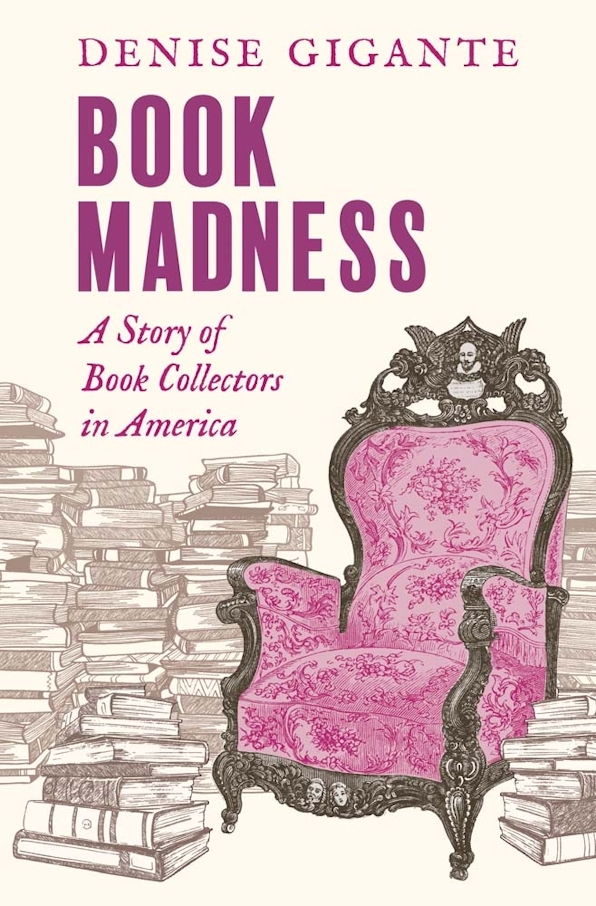New York couldn’t compete with London or Paris: it had no bouquinistes, no Farringdon Road, no British Library or Bibliothèque nationale de France. It lacked the quaint bookshops of Boston, where the staff seemed to know not only the books they sold but their 18th and 19th-century authors, not to mention Harvard’s Widener Library. But it was still a city of books, collectors and readers. Every good secondhand bookshop offered guidance for neophytes: A. Edward Newton’s chatty books about his bookish adventures; Holbrook Jackson’s erudite Anatomy of Bibliomania, a comprehensive treatment of obsessive book-buying in the manner of Robert Burton; and sometimes even a copy of Carter and Pollard’s Inquiry into the Nature of Certain 19th-Century Pamphlets, the exposé that dished Thomas J. Wise, forger of rare editions. It all seemed to contradict the rants of intellectuals about the barrenness of American culture. Many of the angelheaded hipsters whom I met busied themselves in learning Old Church Slavonic or translating Rimbaud. Meanwhile, pioneering scholars like Barbara Tuchman, Frank Manuel and George Whalley mined gold year after year from the lodes of ore in the libraries.
The roots of this bookish postwar New York, as Denise Gigante shows in Book Madness, stretched back deep into the 19th century. Some of them also nourished Boston’s book culture – the Massachusetts Historical Society and the Boston Public Library as well as its private collections. To identify the origins of American bibliomania she mounts ‘a narrative experiment in associational literary history’: a detailed study of the ways in which tattered texts that had belonged to one writer, Charles Lamb, won the passionate attention of American collectors and taught them new lessons about the hunt for old books.
Broadway in the 1840s was already a hive of urban entertainments, from Niblo’s Garden theatre to P.T. Barnum’s American Museum, which offered everything from a flea circus to a waxworks display under one roof. Books had their place along with vaudeville, Abolitionist songs and the Fiji mermaid. In February 1848, Bartlett and Welford, ‘Booksellers and Importers’, based in the Astor House Hotel on Broadway, offered for sale a long list of books from Lamb’s library. For bibliophiles, these volumes seemingly had little to offer – especially from the point of view that had dominated collecting in the heroic age of book sales that accompanied and followed the Napoleonic Wars. The great English collectors who filled their country houses and London rooms with masses of folios, and their loyal chronicler Thomas Frognall Dibdin, hunted for books that could furnish a magnificent room: incunabula and rare folios, immaculately printed on large paper, bound by Jean Grolier and other masters of the book arts. They preferred unique items, though they often had to settle for the very rare.
